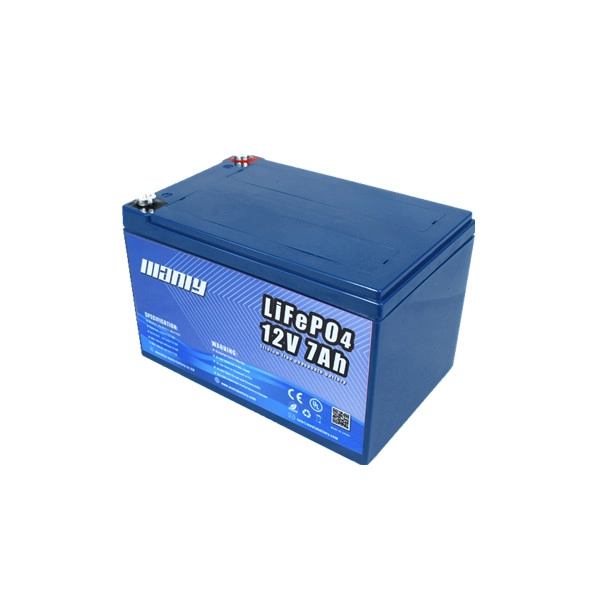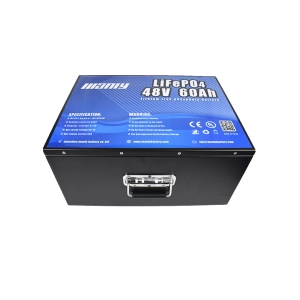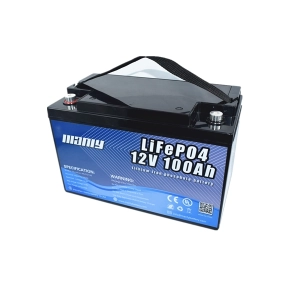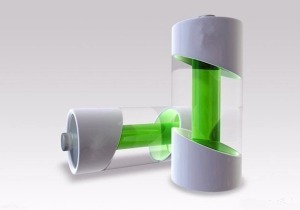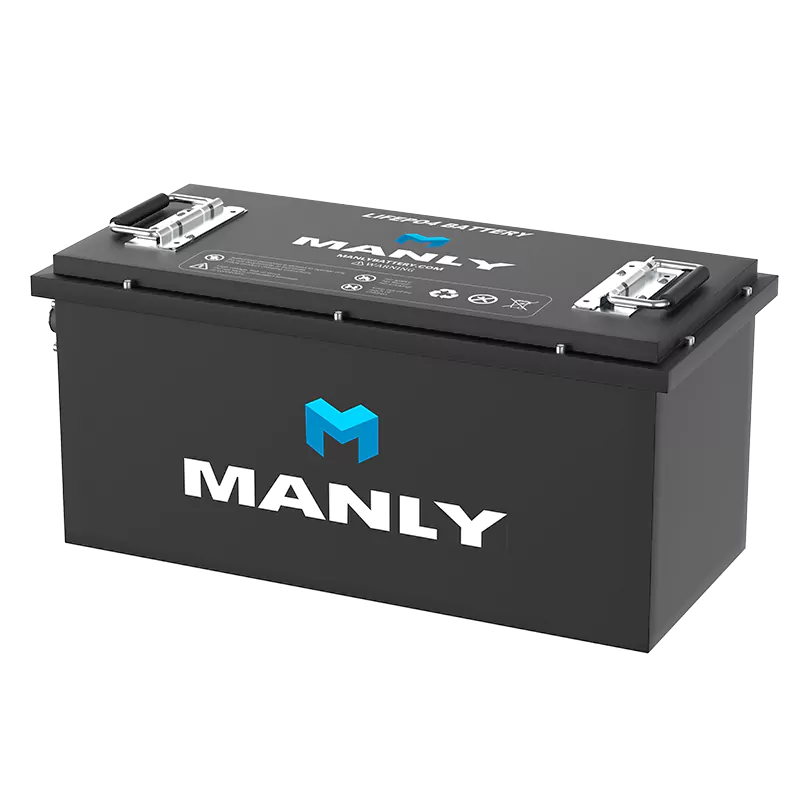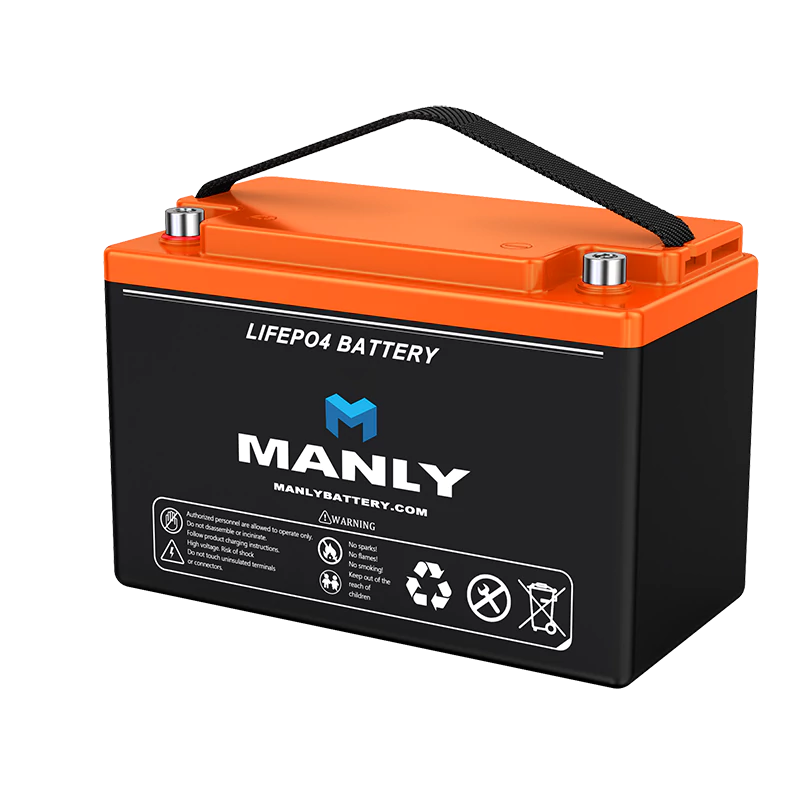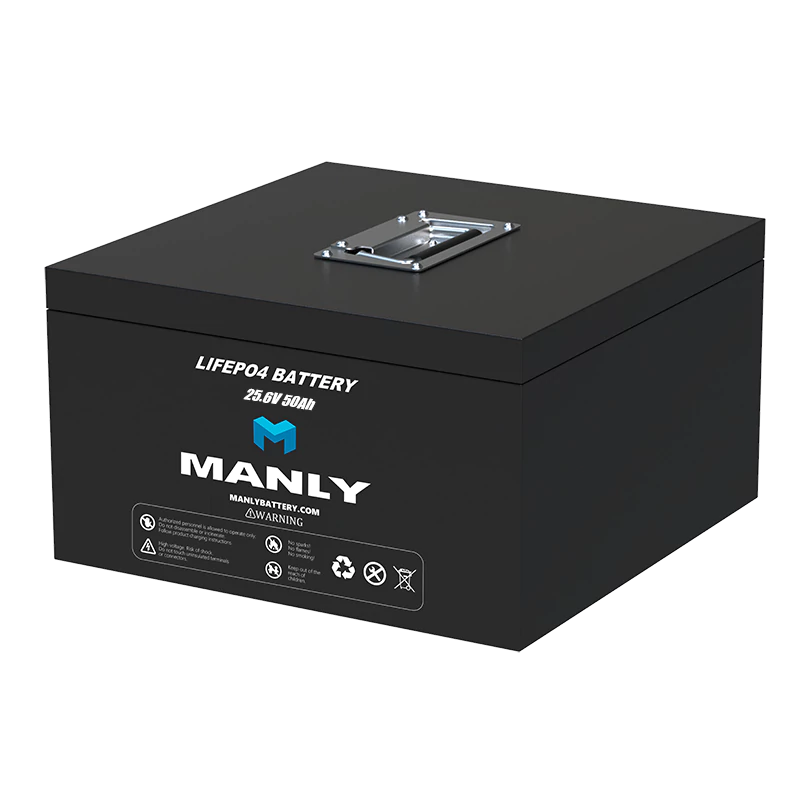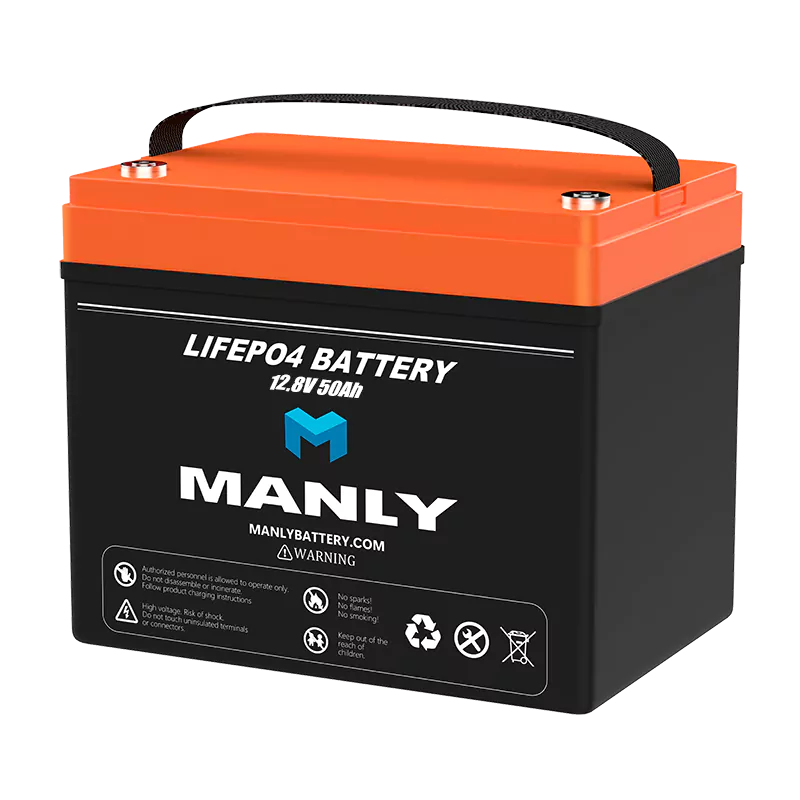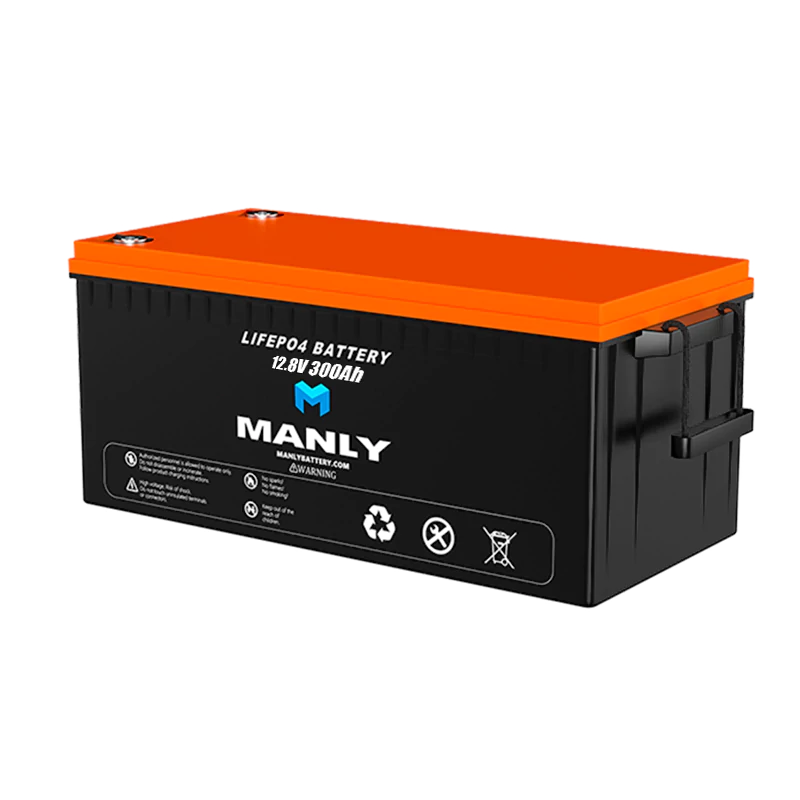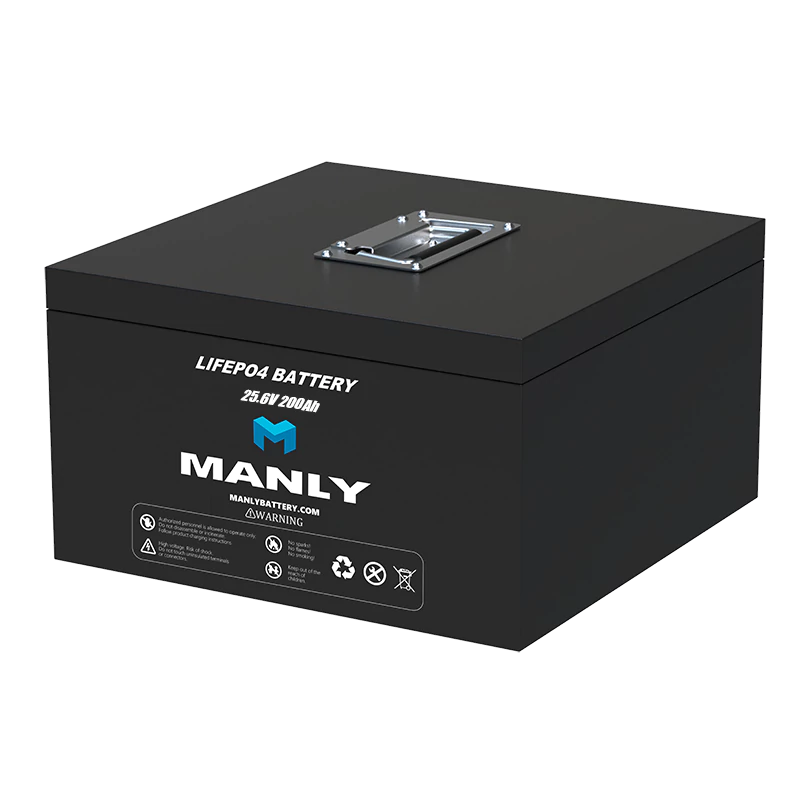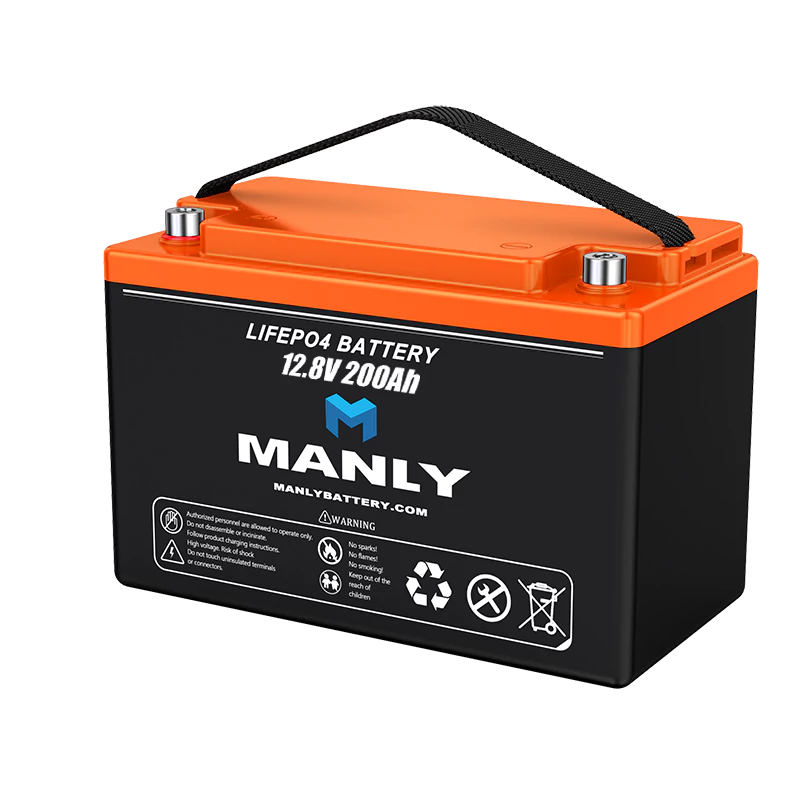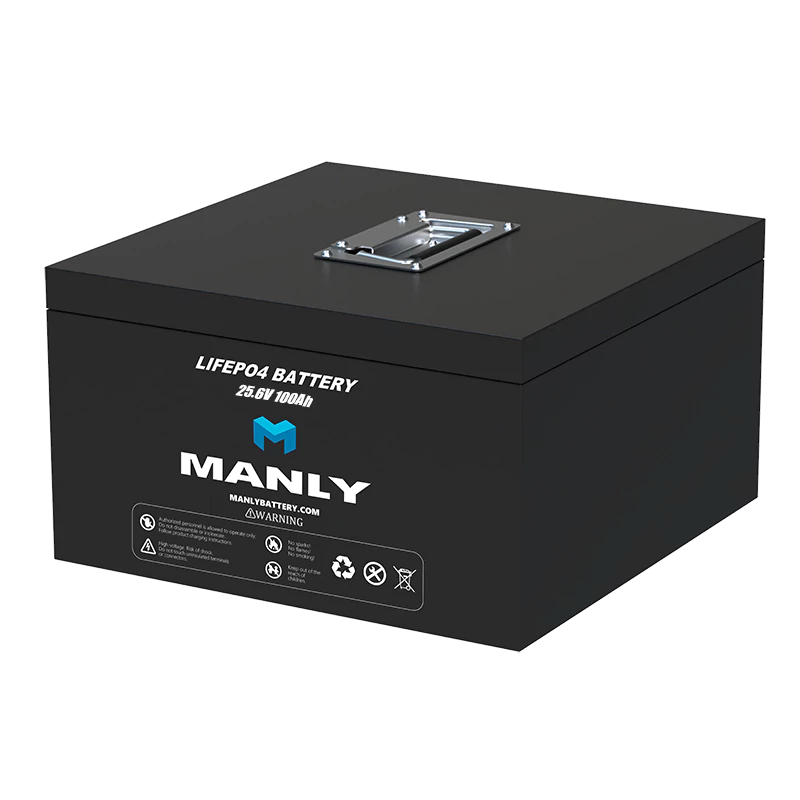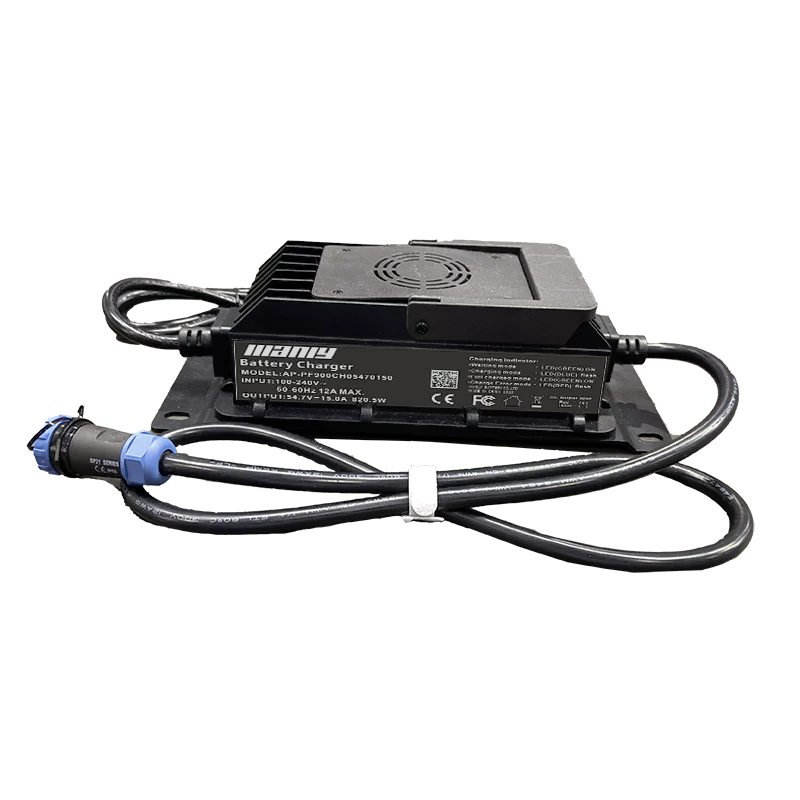Working Princple And Applicaiton Field Of Lithium Iron Phosphate Battery
Table of Contents
- Working Princple And Applicaiton Field Of Lithium Iron Phosphate Battery
- 1. Basic structure of lithium iron phosphate battery
- 2.Working principle of lithium iron phosphate battery
- 3.Advantages of lithium iron phosphate battery
- 4.Application field of lithium iron phosphate battery
- 4.1 Remote control car, boat, and aircraft
- 4.2 Solar light
- Choosing the Right Battery for EZ GO Golf Carts
- The Power of the 12-Volt Lithium Battery: How it Energizes Various Applications
- Lead Acid vs Lithium Ion,Which Is More Suitable For Household Solar Batteries?
- 2023 Lithium Ion vs Lead Acid: A Detailed Comparison
1. Basic structure of lithium iron phosphate battery
Lithium iron phosphate battery is mainly composed of positive electrode, negative electrode, electrolyte and separator. Among them, the positive electrode material is lithium iron phosphate (LiFePO4), the negative electrode material is graphite, the electrolyte is an organic solvent and a salt solution, and the separator is used to prevent direct contact between the positive and negative electrode materials. Both positive and negative electrode materials have better performance than traditional battery materials. Among them, lithium iron phosphate has a tetrahedral crystal structure with a lattice constant of 0.503nm, which has high crystallinity and good stability. Moreover, lithium iron phosphate has low reactivity and high safety, so it is not easy to cause dangerous situations such as explosion. Graphite has good electrical conductivity and electrochemical properties, and it can withstand high current and high voltage environments.2.Working principle of lithium iron phosphate battery
When the lithium iron phosphate battery is charging, the lithium ions Li+ in the positive electrode migrate to the negative electrode through the polymer separator; during the discharge process, the lithium ions Li+ in the negative electrode migrate to the positive electrode through the separator. Lithium-ion batteries are named after lithium ions migrate back and forth during charging and discharging.2.1.1.Charging principle of lithium iron phosphate battery
When the lithium iron phosphate battery is charged, Li+ migrates from the 010 surface of the lithium iron phosphate crystal to the crystal surface, enters the electrolyte under the action of the electric field force, passes through the diaphragm, and then migrates to the surface of the graphene through electrolysis, and then Embedded in the graphene lattice, at the same time, electrons flow through the conductor to the aluminum foil electrode of the positive electrode, through the tab, battery pole, external circuit, negative pole, and negative tab to the copper foil current collector of the negative electrode, and then through the conductor To the graphite negative electrode, the charge of the negative electrode reaches balance. After lithium ions are deintercalated from lithium iron phosphate, lithium iron phosphate is converted into iron phosphate.2.1.2. Discharging principle of lithium iron phosphate battery
When the lithium iron phosphate battery is discharged, Li+ is deintercalated from the graphite crystal, enters the electrolyte, passes through the diaphragm, and then migrates to the surface of the lithium iron phosphate crystal through the electrolyte, and then re-embeds into the lithium iron phosphate through the 010 surface within the lattice. At the same time, the battery flows to the copper foil collector of the negative electrode through the conductor, flows to the copper foil collector of the positive electrode through the tab, the negative pole of the battery, the external circuit, the positive pole, and the positive tab, and then flows to the positive electrode of lithium iron phosphate through the conductor, so that The charges at the positive electrode are in equilibrium.2.2. Chemical reaction equation of lithium iron phosphate battery pack
Positive reaction: LiFePO4 ⇔ Li1-xFePO4 + xLi+ + xe- ;Negative reaction: xLi+ +xe- +6C⇔LixC6;The overall reaction formula: LiFePO4+6xC⇔Li1-xFePO4+LixC6.3.Advantages of lithium iron phosphate battery
Compared with other types of batteries, lithium iron phosphate batteries have the following advantages:3.1 Long cycle life:
The cycle life of lithium iron phosphate batteries is much higher than that of lead-acid batteries and nickel-metal hydride batteries, and its cycle life can reach more than 2000 times.3.2 High energy density:
Lithium iron phosphate batteries can be used in many fields that require high energy density, and its energy density is generally 140-160 wh/kg, which is 1.5 times higher than that of lead-acid batteries and nickel-metal hydride batteries.3.3 High safety:
The chemical reaction of lithium iron phosphate battery is more stable, and the risk of thermal runaway is lower, so it is not easy to cause problems such as explosion and fire.3.4 Environmental protection and energy saving:
There is no need to add heavy metals in the composition of lithium iron phosphate batteries, and there is little environmental pollution no matter in use or after exhaust gas; and it can also efficiently use electric energy to achieve the goal of energy saving.3.5 Good temperature adaptability:
lithium iron phosphate batteries can work normally in relatively harsh temperature environments (-20°C to 60°C).3.6 No memory effect:
There is no memory effect when the lithium iron phosphate battery is charged and discharged.3.7 Fast charging speed:
The lithium iron phosphate can be charged within 1-2hours. It is faster than generally battery.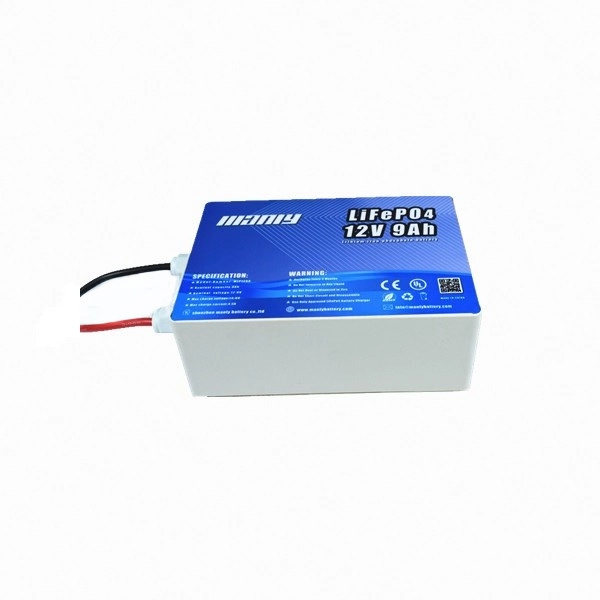
4.Application field of lithium iron phosphate battery
Lithium iron phosphate battery can be widely used in toys with high-performance, such as remote control cars, remote control boats, remote control aircraft, etc.4.1 Remote control car, boat, and aircraft
Lithium iron phosphate battery can support enough power for remote control cars, which can make them have longer use time and better performance than conventional battery, such as 12v 9ah lithium iron phosphate battery. Another feature of the lithium iron phosphate battery is that has a longer service life than conventional battery, which can reduce the number of battery replacements for remote control cars.The casing of the lithium iron phosphate battery is usually made of waterproof materials for better waterproofing. At the same time, the electrolyte inside the battery is an organic solvent and is not easily affected by moisture, so the lithium iron phosphate battery has a very good waterproof effect. It is waterproof and because of its long cycle life, lithium iron phosphate batteries are more suitable for use on remote control boats than other traditional batteries.Lithium iron phosphate batteries are usually more than 2 times lighter than traditional batteries, and their lightweight properties are very suitable for remote control aircraft. At the same time, the lithium iron phosphate battery can also provide stable energy to the remote control aircraft, allowing it to fly for a long time.4.2 Solar light
The circuit of solar lights is generally composed of photoelectric converters, batteries, LED lights and other parts. Among them, the lithium iron phosphate battery, as the core of the battery part, plays an important role in storing electric energy and supplying power. During the use of the solar lamp, the lithium iron phosphate battery can be charged by the solar charge controller to ensure that the battery is fully charged and not overcharged, and at the same time, the brightness and switch of the LED lamp are controlled by the LED drive circuit.